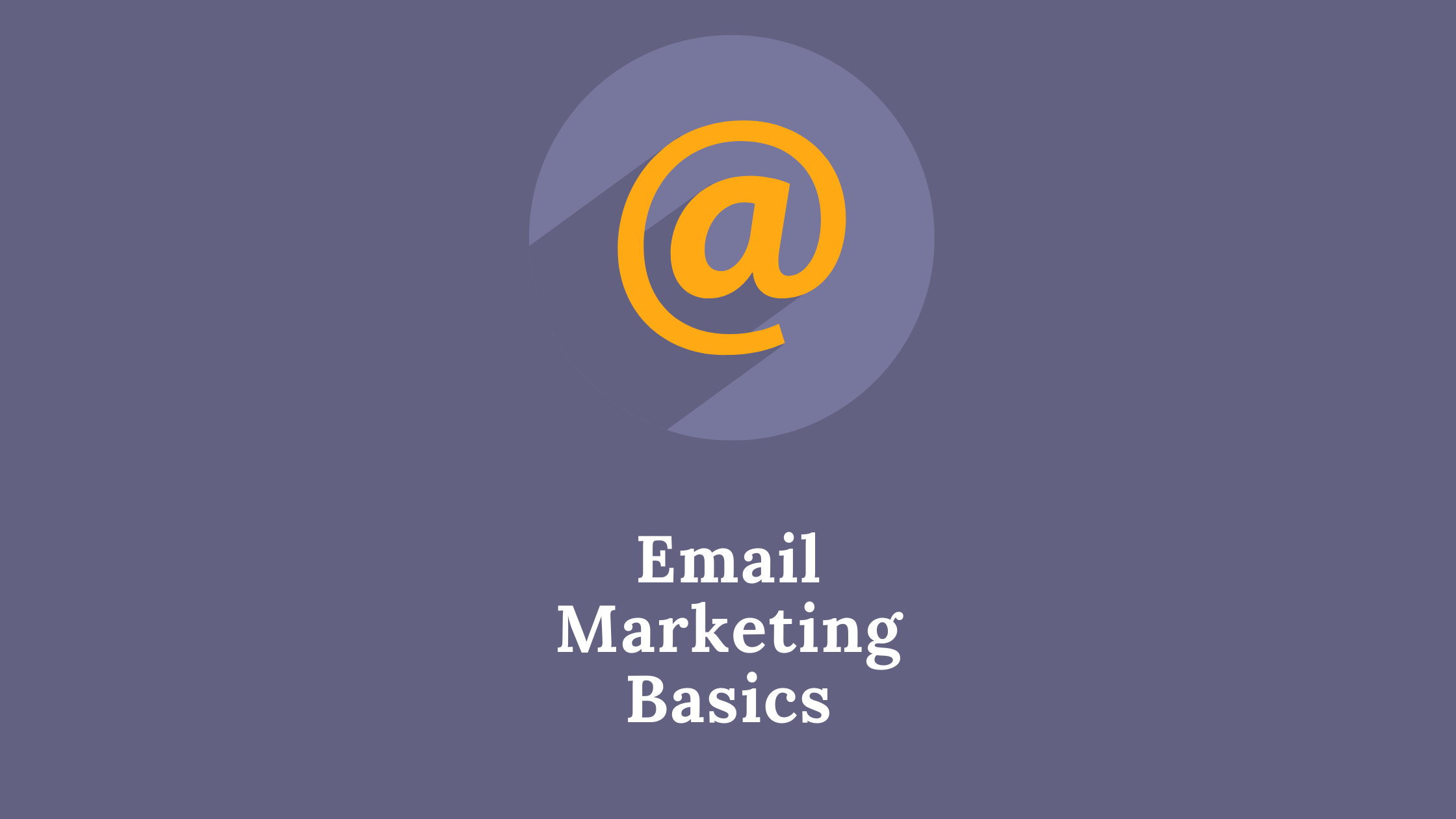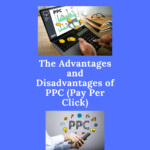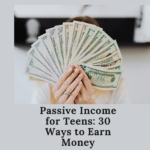
It’s no secret that email marketing is one of the most effective ways to reach your target audience. In order to make the most of this powerful tool, it’s important to understand the basics. In this article, we will discuss everything you need to know about email marketing basics.
We’ll cover topics such as how email marketing works, what type of content you should send, and how to measure your success. By the end of this article, you’ll be armed with all the knowledge you need to create an effective email marketing campaign that delivers results.
What is Email Marketing?
Email marketing is a form of direct marketing that uses email messages to promote products or services. It is a powerful way to reach your target market, build relationships, and boost sales. Email marketing can be very cost-effective and generate high response rates.
It is a great way to keep in touch with customers and prospects. Email marketing can be used to build loyalty, trust, and brand awareness. It is a permission-based marketing strategy. That means people must opt-in to receive your emails. This helps ensure that your emails are not considered spam.
There are many different ways to use email marketing, including:
- Promoting new products or services
- Announcing sales or special offers
- Providing customer service
- Building loyalty and trust
- Generating leads
- Nurturing relationships
- Closing sales
If you’re not using email marketing, you’re missing out on a powerful marketing tool.
Benefits of Email Marketing
Email marketing is one of the most effective and efficient ways to reach your target market. It allows you to connect with customers on a personal level, build loyalty, and increase sales. In addition, email marketing is a cost-effective way to reach a large number of people.
Some of the benefits of email marketing include:
1. Increased Sales
One of the primary benefits of email marketing is that it can help you increase sales. When you send out targeted emails to customers who have expressed an interest in your product or service, you are more likely to see a boost in sales.
2. Greater Reach
Email marketing allows you to reach a larger audience than other forms of advertising. With email marketing, you can reach customers all over the world, regardless of their location.
3. Increased Loyalty
When you send out emails that are relevant to your customers’ interests, you are more likely to see an increase in loyalty among your customer base. This means that customers are more likely to stay loyal to your brand and be less likely to shop elsewhere.
4. Increased
Customer Engagement: Email marketing can help you increase customer engagement with your brand. When you send out interesting and engaging content, customers are more likely to interact with it. This helps to create a stronger connection with your target market.
5. Cost-Effective
Email marketing is one of the most cost-effective ways to reach a large number of people. With email marketing, you can reach a large number of people for a fraction of the cost of other forms of advertising.
Disadvantages of Email Marketing
There are a few disadvantages of email marketing that you should be aware of. One of the biggest disadvantages is that email marketing can be considered spam if it is not done correctly. In order to avoid this, you need to make sure that you are only sending emails to people who have opted-in to receive them.
Another disadvantage of email marketing is that it can be time-consuming to create quality content for your emails. If you don’t have the time or resources to create high-quality content, email marketing may not be the right choice for you.
Finally, email marketing requires an investment in both time and money. You will need to put in the time to develop a strong email list and create quality content. In addition, you will need to pay for email marketing software or services.
Email marketing is a powerful tool that can help you boost sales and build relationships with your customers. However, it is important to be aware of the disadvantages of email marketing before you get started. By understanding the potential risks, you can avoid them and make the most of email marketing.
How Does Email Marketing Work?

Email marketing is a process where businesses send promotional emails to their customers. The email is sent through an email service provider (ESP), such as MailChimp, Constant Contact, or Campaign Monitor.
The ESP will help you design your email, create a list of subscribers, and track the results of your campaign. They will also provide you with templates and tools to make the process easier.
Once you have created your campaign, you need to create a list of subscribers. This can be done by collecting email addresses on your website or by purchasing a list from a third-party provider.
The next step is to design your email. The ESP will provide you with templates and tools to make the process easier. However, you will need to create a custom design for each campaign.
The email should be designed to capture the reader’s attention and encourage them to take action. It should also be visually appealing and easy to read.
The final step is to send the email and track the results. The ESP will provide you with reports that show how many people opened your email, clicked on your links, and unsubscribed from your list. This information can help you improve your email marketing campaigns in the future.
Email marketing is a great way to promote your business and increase sales. It is a cost-effective way to reach a large audience, and the results can be tracked and measured. If done correctly, email marketing can be an effective tool for increasing revenue and building customer loyalty.
Types of Email Marketing
There are three types of email marketing:
- Transactional email
- Marketing email
- Promotional email
A transactional email is sent in response to an action that the customer has taken. For example, a receipt or shipping notification would be considered a transactional email.
Marketing email is used to promote your products or services to customers. It is typically sent as part of a regular newsletter or promotional campaign.
Promotional email is designed to encourage customers to buy a product or service. It is often used to offer discounts or special deals to customers who have subscribed to your list.
Create an Email Marketing Strategy
Before you start email marketing, you need to create a strategy. This will help you determine who your target market is, what content you will send, and how often you will send it.
The first step is to identify your target market. You should have a good understanding of their age, gender, income level, and interests. Once you have identified your target market, you can begin developing content that appeals to them.
In order to create effective email marketing campaigns, you need to produce quality content. This content should be relevant to your audience and interesting enough to capture their attention. It also needs to encourage them to take action, such as visiting your website or making a purchase.
You should also consider the frequency with which you will send emails. If you send too many emails, your subscribers may unsubscribe or stop reading them. However, if you don’t email them often enough, they may forget about you. The best approach is to find a balance and send email marketing campaigns that are both relevant and interesting.
Email marketing requires an investment in time and money. You will need to put in the time to develop a strong email list and create quality content. In addition, you will need to pay for email marketing software or services.
How can I Build my Email Marketing list?
When someone signs up for your email list, they’re giving you permission to send them emails. You can collect email addresses in a number of ways, including on your website, at events, or through other marketing materials.
To build your email list, you’ll need to create an opt-in form that people can fill out to join your list. This form can be as simple as a box that pops up on your website or a form that people can download and print out.
Make sure you clearly explain what people will receive when they sign up for your list. Let them know how often you’ll send emails and what type of content they can expect. And be sure to include a link to unsubscribe if they ever want to stop receiving emails from you.
How to Create a Great Email Campaign
You now have subscribers. It’s now time to create an email that will entice them to open, read, and then visit your website.
Email campaigns can be an incredibly effective way to reach your target audience. However, if they’re not well planned or executed, they can quickly become ineffective and even irritating. Here are a few tips for creating a great email campaign:
1. Plan your campaign
The first step in creating a great email campaign is planning it out. Decide who your target audience is, what you want them to do, and how you want to deliver your message. Once you have a plan in place, it will be much easier to create content that engages your audience.
2. Keep it relevant
Your email campaign should be relevant to your target audience and the goals you set for it. Don’t send content that is irrelevant or off-topic, as it will only frustrate your audience and decrease the effectiveness of your campaign.
3. Create engaging content
Your email content should be engaging and interesting to read. If it isn’t, your audience will quickly lose interest and you’ll likely see a decrease in open rates and click-throughs. Try using different types of content, such as images, videos, and infographics, to keep your audience engaged.
4. Make it easy to read
Your email content should be easy to read, with short paragraphs and concise sentences. Use headings and subheadings to break up the text and make it easier to scan. And be sure to use a readable font size and style.
5. Make it actionable
Your email content should encourage your audience to take action. Whether you want them to visit your website, sign up for your newsletter, or make a purchase, be sure to include clear and concise calls to action.
6. Test and track
Before launching your email campaign, be sure to test it on a small group of people. This will help you ensure that the content is effective and that the delivery method is working correctly. You should also track the results of your campaign so you can measure its success and make any necessary adjustments.
Creating a great email campaign takes time and effort, but following these tips will help you create content that engages your audience and achieves your desired results.
What Type of Content Should I Send?

The type of content you send will depend on your goals and the type of audience you are trying to reach. However, there are a few types of content that are generally successful in email marketing campaigns:
- Newsletters
- Blog Posts
- Product Announcements
- Sales Letters
- CustomerService Emails
The goal is to create content that is interesting, informative, and relevant to your audience. The email should also be visually appealing and easy to read.
How Do I Measure My Success?
There are a few key metrics that you can use to measure the success of your email marketing campaigns:
- Open Rate
- Click-Through Rate
- Unsubscribe Rate
- Bounce Rate
- Conversion Rate
The open rate is the percentage of people who opened your email. The click-through rate is the percentage of people who clicked on a link in your email. The unsubscribe rate is the percentage of people who unsubscribed from your list after receiving your email. The bounce rate is the percentage of emails that were not delivered successfully. And, the conversion rate is the percentage of people who took action after reading your email (usually buying something or signing up for a service).
The ESP will provide you with reports that show how many people opened your email, clicked on your links, and unsubscribed from your list. This information can help you improve your email marketing campaigns in the future.
What are some email marketing best practices?
Now that we’ve gone over the email marketing basics, let’s take a look at some email marketing best practices. These tips will help you get the most out of your email marketing campaigns:
- Keep your emails short and to the point. Customers are more likely to read and engage with shorter emails.
- Personalize your emails as much as possible. Include the customer’s name, location, or other information that will make the email feel more personal.
- Use images and videos to break up your text and add visual interest to your emails.
- Use strong calls to action (CTAs) to encourage customers to take the desired action.
- Test different subject lines, email content, and send times to see what works best for your audience.
- Pay attention to your email deliverability rate. This is the percentage of emails that are successfully delivered to subscribers’ inboxes.
- Make sure you are complying with spam laws and email marketing best practices. Failure to do so could result in high spam rates and deliverability issues.
Conclusion: Email Marketing Basics
Email marketing is a great way to reach and engage your customers. By following the tips in this article, you can create email campaigns that are successful and achieve your desired results. Thanks for reading!
Do you have any questions about email marketing? Leave a comment below and we’ll be happy to help!
Still not sure where to start with email marketing? Sendinblue offers a free email marketing tool that makes it easy to create and send beautiful email campaigns. Sign up for free today!
FAQs (Frequently Asked Questions) About Email Marketing Basics
Q. How do I get started with email marketing?
A. The first step is to create an email list. You can do this by collecting addresses from customers when they make a purchase or sign up for your newsletter. You can also add a sign-up form to your website or blog. Once you have a list of email addresses, you can start sending out information about your products, services, or special offers.
Q. What are some best practices for email marketing?
A. Some best practices for email marketing include segmenting your list (sending different emails to different groups of people), personalizing your messages, using a clear and concise subject line, and including a call to action. Additionally, it’s important to make sure that your emails are mobile-friendly and that you’re not sending too many emails (people can get overwhelmed!).
Q. Do I need permission to send someone an email?
A. Yes! In order to avoid being marked as spam, you must have permission from the recipient before sending them an email. This means that people who have subscribed to your mailing list or opted in to receive emails from you are more likely to open and read your messages.
Q. Can I use templates for my email marketing campaigns?
A. Yes! There are many email marketing tools that offer templates (such as MailChimp or Constant Contact). Templates can help you save time by allowing you to create beautiful, professional-looking emails without having to start from scratch.




